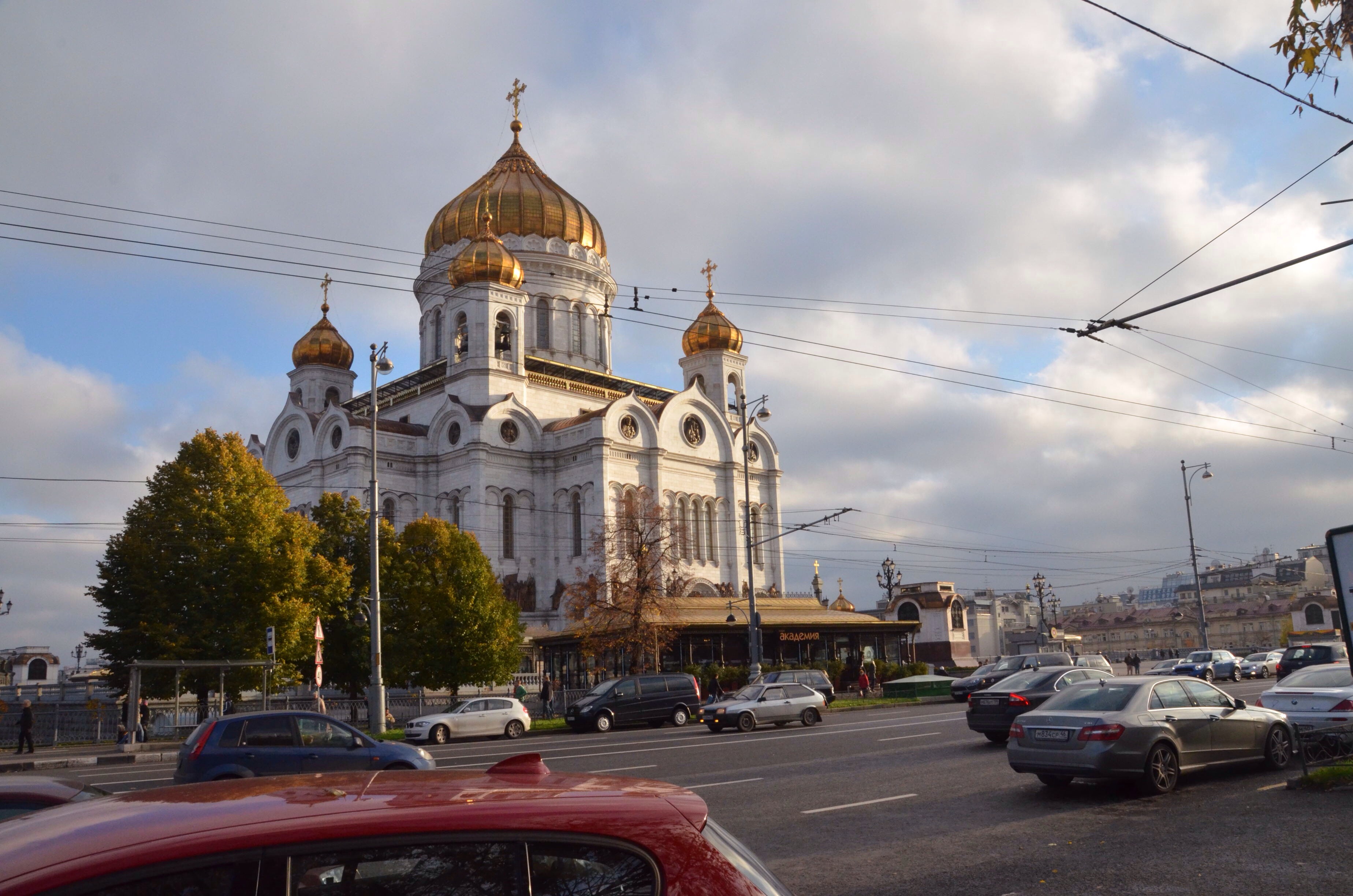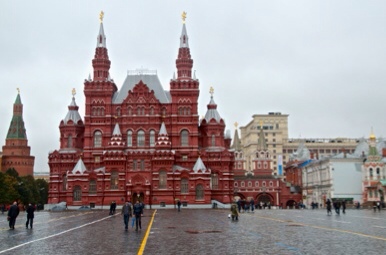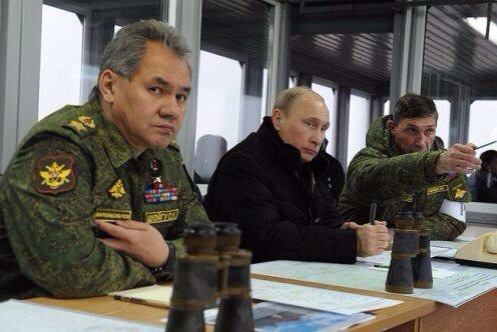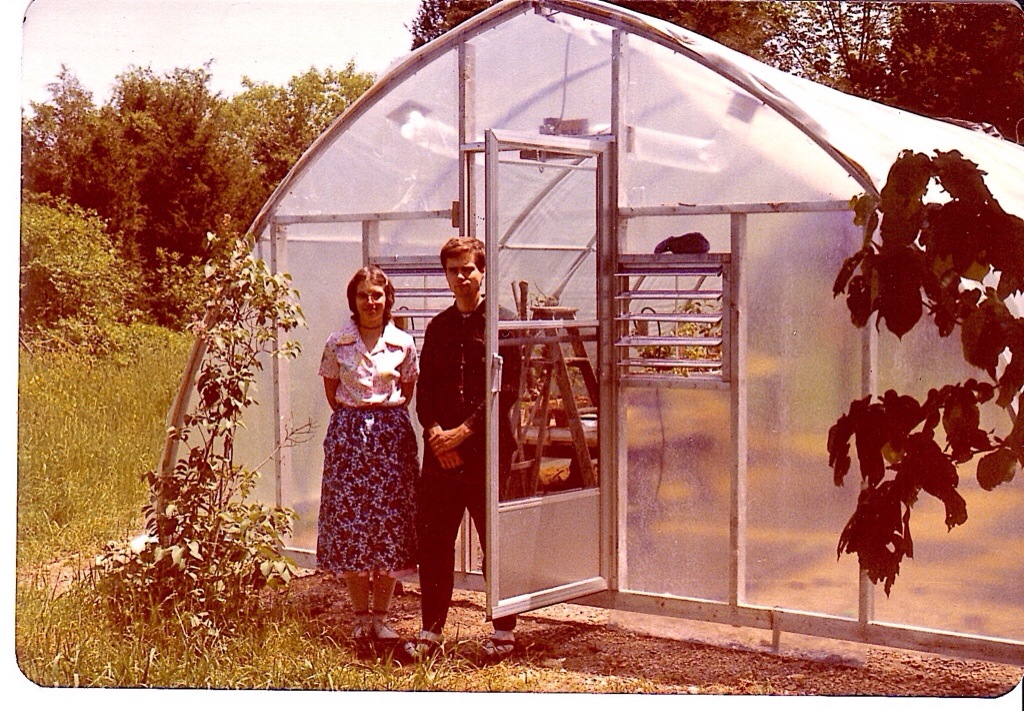In the summer of 1985 a package arrived in the mail. At the time, I was living in New Vrindavan, a Krishna community in West Virginia, and I was contemplating a topic for a PhD dissertation. In those days it was common for devotees to live within the protection of an urban temple or a rural religious community to practice a devotional life without the distractions of the outside world. As for me, I’d always had one foot in both worlds, which made my life unnecessarily difficult. To make matters worse my outside world was the world of modern academics, the very antithesis to the world of devotion. I was caught between tradition and modernity.
The package contained a photocopy of what appeared to be a published book in Bengali script. I recognized the script because I knew Devanagari, the Sanskrit script, but I could not read Bengali. There was a stamp with the date 1916 on the book showing it was from the Indian Office Library in London. The mail came from a colleague, Mr. Abhiram Das. This is all the information I had.
I showed this work to a Bengali devotee who immediately read the title as Svalikhita Jivani by Kedarnath Datta and told me it was a letter to Lalita Prasad, dated April 4, 1896. I immediately knew this must be the autobiography of Bhaktivinoda Thakur, the founder of modern Caitanya Vaishnavism and the great grandfather of the Hare Krishna movement. I had heard that such a an autobiography existed, but I had never seen a copy, nor did I know anyone who had seen it. This might be a valuable find.
Soon a group of close friends gathered, and with the help of this Bengali devotee, we started to read through the Jivani page by page. We met each evening, and the following two weeks became a time of tremendous excitement and discovery. This Jivani was taking us not only on an adventure into the history of nineteenth century Bengal, a time of intense cross cultural interaction between traditional Bengali culture and British modernism, but also into mind of one of Bengal’s intellectual elite, the bhadralok, as he grappled with the issues of religion, secularism and modernity. We were learning how this interaction played out in deeply personal terms in the life of Bhaktivinoda Thakur. Everyone in that room identified with Bhaktivinoda because we too struggled with these same issues. This autobiography was giving us a wealth of insight into our own lives.
Bhaktivinoda was born Kedarnath Datta in West Bengal in 1838 and grew up in the small village of Ula about 100 km north of Calcutta. He worked for the British Raj as a magistrate in the provincial judicial system. He also became a prominent religious leader in the Caitanya Vaishnava Tradition and is credited with being the great grandfather of the Krishna Consciousness movement. He married his first wife at age 12. She was just 6 years old. This was common in those days. Some years later this first wife passed away and he remarried. Between his two wives he had a large family of 14 children, 8 sons and 6 daughters. His autobiography, Svalikhita Jivani, was written as a long letter to his 10th son, Lalita Prasad. Knowing this fact alone told us why the Jivani had never been seen within the Krishna Consiciousness movement. There, the lineage runs through Bhaktivinoda’s 7th son, Bimal Prasad, who later became Bhaktisiddhanta Sarasvati, the guru to the founder of the Krishna Consciousness Movement. These two descendent lines from Bhaktivinoda, through his sons, Bimal Prasad and Lalita Prasad, were not on speaking terms. They bickered over ownership of ancestral property, religious practice and theology. We knew we had a controversial book on our hands. Controversy often leads to good things.
As we gradually entered Bhaktivinoda’s world it became apparent we had left the realm of hagiography. We were now seeing directly through the eyes of Kedarnath as he told his life story to his son expressing all the doubts and joys and fears of any human being. We were young devotees and had never been accustomed to reading the lives of our religious leaders in such non devotional and ‘unsanitized’ terms. It was quite a shock. Bhaktivinoda was giving us a unique opportunity to step into a new way of seeing.
The story covered Kedarnath’s life from his birth up until the time of his retirement in 1896. We were riveted. This was a fascinating account of his childhood growing up in rural Bengal being in the family of a wealthy zamindar, landowner. It described his young life swimming and fishing in the local ponds and creeks. He especially loved the grand Durga pujas hosted by his maternal grandfather and other families of Ula and surrounding villages. There was even fierce competition to see which family could put on the grandest event. He gives us elaborate descriptions of the household decorations, the rituals, the dance, the foods, the music, and even of the sacrifice of the buffaloes and goats, all told in joyous terms. These were the good times.
But there were hard times as well.
The Jivani describes the devastating plagues of cholera that swept through the countryside including his fear and despair as members of his own family including his sister and his wife who succumbed to the ravages of cholera. He includes graphic descriptions of the bodies left in the street waiting for disposal pickup. These were sad times indeed. He provides a first hand description and commentary of the Sepoy Mutiny of 1857 and how his region of West Bengal was affected by the fighting and suspension of civil rights. We hear how the telegraph, gas-lighting and steam trains first appeared in Kolkata. These are things we take for granted, but in his day such modern inventions radically changed life. It is fascinating to read of his excitement as he describes the effects of these modern marvels. I realize now the telegraph alone was more life changing in his day than the internet is today in ours. Not only were Eastern and Western cultures interacting in those days, but radical technological developments were creating huge changes in both traditional Bengali culture and British European culture, not unlike our own times. The world was becoming flat.
As a boy Bhaktivinoda faced harsh treatment from his teachers in the village schools. Afterwards he moved to the home of his famous uncle, Kashiprasad Ghosh, an accomplished poet and commentator, for higher education. Yet he was so homesick in urban Kolkata he had to return home for a spell. One of his teachers was the famous Ishwar Chandra Vidysagar. Kesbub Chandra Sen and Michael Madhusudan Datta were two of his classmates. They later became prominent members of the bhadralok.
For us it was surprising to learn how Bhaktivinoda had deep religious doubts and skepticism. As a youth he challenged the local Hindu priests and even mocked their image worship. He preferred Christianity and described his interaction with various Christian ministers, particularly the American Unitarian ministers. Bhaktivinoda was deeply touched by Christian devotions towards Jesus, which he freely admits eventually brought him to Hindu bhakti in the form of Caitanya Vaishnavism. In later years we see the influence of Christian devotion throughout his writings. I have no doubt that we, as Western devotees, were able to identify with Bhaktivinoda’s devotional sentiments precisely because they had these Christian undertones. He was speaking to us.
Cholera sadly took the life of Bhaktivinoda’s first wife, his child-bride, with whom he had his first son. Soon he remarried through help of his uncle who arranged the marriage. This turned out to be a long and fruitful relationship. With his new wife he had 13 more children! There is a description of the birth of each child. Some of his children had health problems. One even suffered from mental illness, which caused continuing problems for many decades. He candidly tells us how he grew up eating meat and why he eventually became a vegetarian, and how at certain times of his life he was tempted to go back to eating fish for health reasons. As we listened we began taking bets whether or not he would go back to eating meat. As young devotees this was highly controversial information. One of our greatest gurus was a meat eater? He never did.
Bhaktivinoda invested and saved money to purchase his first house, a “fix-it-upper” in Kolkata, and he personally made the improvements, which ultimately became the family home. He christened this home ‘Bhakti Bhavan’, Devotion House. Later he purchased homes and rented property and eventually bought land and built his retirement home near Navadwip. Again we were shocked. A religious teacher in our line could engage in this type of worldly activity? He had more than one marriage and even a child who suffered mental illness? To us Bhaktivinoda sounded more American than Hindu! He describes the details of some of his controversial court cases and the threats and struggles he went through to see his rulings enforced. In those days a magistrate was terribly exposed to brides, intimidation and even bodily threats. Throughout his life Bhaktivinoda was always supportive of the British and proud of his position in their administration. By Indian standards he had a good income, which continued to improve as he advanced through the civil service and reached higher and higher pay grades. He eventually retired with a generous pension, which supported his preaching work in later life.
In his professional career Bhaktivinoda had relationships with many famous personalities of the Bengal Renaissance including Debendranath Tagore and even the later and most famous Ravindranath Tagore. Bankim Chandra Chatterjee was a colleague at work. He had friendships with Lal Bihari De, Protap Mazumdar as well as many important British missionaries including the reverends Alexander Duff and Charles Dall. We have already mentioned Ishwar Chandra Vidyasagar, Michael Madhusudan Dutt and the Brahmo Samaj leader, Keshab Chandra Sen. Bhaktivinoda was well connected!
It was not until Bhaktivinoda was into his 40s that he began his conversion to Caitanya Vaishnavism. This seemed surprising late in life. All of us had taken that course in our late teens and twenties. He soon took initiation into that tradition and started a journal Sajjana Toshani, and even began a ministry throughout the rural areas of West Bengal. He developed a unique form of preaching, which he called Nama Hatta, the “marketplace of God’s name”. This would be something like today’s “Harvest Crusade”. He was no doubt influenced by Christian missionaries and their techniques to reach the people. Bhaktivinoda raised money to build a temple to Chaitanya. It is interesting to see the names of people who made donations for this project, which included many prominent British donors.
The Jivani ends with sad descriptions of Bhaktivinoda’s extensive health problems as he grew older, especially the fevers, the paralysis and the stomach issues that kept him bed ridden for months at a time.
For the handful of us, who listened to this autobiography, our devotional paths were forever altered. Here we were, young devotees, seeing through the eyes of one of our great teachers and seeing the world in very practical and human terms. Even though the Jivani was written to a son, born more than a 100 years before, it seemed as if he was talking directly to our time and our place. Prior to this our devotional careers had been conditioned by hagiography. In my own world as a practitioner, a devotee following the dictates of guru and following the discipline of temple life, and at the same time interacting with the modern secular world I was feeling great conflict and even guilt. None of my devoted colleagues could help me in my struggle for they were all living on the inside. Yet here I was, for the first time, seeing one of our own gurus giving a revealing, personal and intimate view of his life as a magistrate, a father and man confronting modernity, yet at the same time cultivating and following an evolving devotional life seemingly without contradiction. I had found my mentor. I knew that I had found one of the building blocks for my dissertation.
Autobiography is rare within Indian-Hindu literature. Much of my training had been in Sanskrit literature, kavya, and I had never come across a single autobiography. There are distinct differences between the Indian and the Western mind and autobiography is something for which there is no category within the Indian mindset. Autobiography is largely a Western invention and no doubt it has to do the importance placed on the individual within much of Western culture. In India individual identity is not as important as collective identity, the identity within one’s greater group, the family, the jat, the caste, and so forth. Individuality and, therefore, autobiography are given much less importance. There is little doubt that Bhaktivinoda’s presentation of an autobiography flows from his Westernization, which came with the advent of Europeans, particularly the British, and the affect they had on the Bengali elite, the bhadralok. To find my first autobiography penned by one in my own line, discussing a topic that deeply touched my heart, was a major find. My colleague, Mr. Abhiram Das, whom I hardly knew had given me the greatest gift.
Svalikhita Jivani is an immensely important work for both the historian as well as for the devotional practitioner, particularly those coming to Caitanya Vaisnavism from a Western culture. Autobiography is rare in Hindu culture. Svalikhita Jivani therefore provides a unique look into 19th century Bengali society through the eyes of a critical observer and a wealth of historical information about an important time in British-Indians relations, the Bengal Renaissance. For the practitioner it presents Bhaktivinoda as not only a modern person, but as a transcultural personality, a person able co-exist successfully along side both modern British culture and traditional Bengali Hindu culture. Bhaktivinoda comes to Caitanya Vaisnavism from the position of an outsider and so we, as his Western followers, can easily identify with him. And he does so at a time of extreme cultural and technological change, not unlike our own time.
Bhaktivinoda was more a part of my world than my own guru, who founded the Hare Krishna movement and who lived during my time and actually came to America. My guru was more a part of medieval Vaishnava culture than my modern American world. He consistently repeated Vaishnava tradition irrespective of how contrary it seemed to modern views and he made no attempt to rationalize Vaishnava tradition. Bhaktivinoda did just the opposite. For example Bhaktivinoda applied a rational analysis to the dating of the Bhagavata Purana, a devotional text foundational to Caitanya Vaisnavism. In his Krishna Samhita he dates this Purana to about 1000 A.D. This is completely contrary to orthodox Vaishnava teaching. He comes to this conclusion based on a critical analysis of internal evidence within the Bhagavata itself and the archeological research of other scholars. My guru never accepted such an approach and certainly not such a conclusion. He strictly taught the traditional view that the Bhagavata Purana was a work of 5000 years.
Now that the Jivani had been read it was necessary to verify the text, which meant a to trip to London and West Bengal. In London I went to the Indian Office Library where the stamp on the photocopy indicated the book was located. In those days without an internet or any kind of online access one often had to physically go to the various places to find the books and do the research. Within a few months I had come to the Indian office Library in London and to my sheer delight found the actual published book of Svalikhita Jivani. Unless one has done this kind of research it is difficult to convey the excitement of traveling across the world and actually finding the information you’re looking for. My photocopy had two missing pages and a few places of corrupted text so I had copies of those missing pages and the corrupted pages made.
While at the Indian Office Library the card catalog indicated four other books under the name, Kedarnath Datta. This was a surprise. I found British Mahatmya (1903), described as the glorification of British rule in India, Priyambada (1857), a romantic novel, Deva Dasa (1909), a story about a religious life and Bañcaka Charita (1863), a novel about a swindler. Were these works from the pen our Kedarnath Datta? It is not known, yet it would be interesting to find out. I would not be surprised if these works are indeed the writings of our Bhaktivinoda even though they all seem to be of non Vaishnava subject matter. In his early days Bhaktivinoda had a strong secular orientation, so it is quite possible he did indeed experiment with these non devotional forms of writing including romance. We know he did write the Poriade, which was a historical work about Alexander the Great and King Porus.
After London my next stop was the government archives of West Bengal to find Bhaktivinoda’s work records. Again to my delight their collection held a complete listing of the locations where he was stationed throughout his career and his work assignments including his furloughs. When I compared this official information to the information found in his autobiography I found a 95% match. Everything in the Jivani matched the official published record except for a few months of furloughed vacation time. The official record in the archives of West Bengal even showed another Kedartha Datta, who also worked in a similar capacity to our Kedarnath. In further field research I was not able to find any other references to this individual or any writings that this individual might have penned. Yet the possibility exists this Kedarnath may be the source of the works I found in the Indian Office Library. Again more research should be done in this area. It would be interesting to learn just how ‘secular’ our Bhaktivinoda had been in this early days. I also learned that in the archives of West Bengal the actual hand written records of Kedarnath Datta exist for the various judicial rulings he made over his long career. Unfortunately I was not able to access this information as it required Indian citizenship and special access privileges. This is an area of research which should be pursued by someone who can attain these access privileges.
My next stop was to the maternal home of Bhaktivinoda’s family in the village of Birnagar, which was called Ula in the Jivani. During the cholera epidemic of 1857 this village was destroyed. It took 45 years before Ula was rebuilt and christened, Birnagar. My goal was to find the actual handwritten manuscript of the Svalikhita Jivani.
Gaining access to these kinds of things can never be obtained in India without connections. In those days I went to India with the help of my Australian friend, Gaura Keshava, who was on good speaking terms with another American devotee, Gadadhar Pran who lived in Navadwip a village not far from Birnagar. To this day within the West Bengal Vaishnava community there are tremendous rivalries between the different groups including the followers Bhaktivinoda. The Hare Krishna Movement, which was my lineage through Bhaktivinoda’s 7 son Bimal Prasad, was completely at odds with the line of descendants coming from Lalita Prasada, the 10th son of Bhaktivinoda. Lalita Prasad, of course, was the son to whom Bhaktivinoda wrote his Jivani. My colleague Gadadhar Pran had connections to the descendants of Lalita Prasada where the original hand penned manuscript of the autobiography was said to be kept. So with the good help of these connections I was able to gain access to Bhaktivinoda’s maternal family’s home in Birnagar. The estate was called Dwadash Mandir. Happily I was welcomed onto this estate by the custodian, Bhakta Ma, who she was wonderfully accommodating and gave me full access to the original handwritten manuscript of the Jivani. This was like striking gold! It was the best possible outcome for my trip across the world to India. I was able to photograph this manuscript.
I wanted to compare the hand writing of the Jivani with hand writing from other known sources to see if the Svalikhita Jivani was actually penned from the hand of Bhaktivinoda. There had been allegations that Lalita Prasad had written the letter himself or had tampered with it so the book held in the India Office had been changed from the original handwritten manuscript. In Birnagar at Dwadash Mandir I found the original manuscript along with its marginalia, and when I compared the hand writing from other proven handwriting sources of Bhaktivinoda there is no doubt they matched. There were no major differences between the handwritten manuscript and the published book. The marginalia on the handwritten manuscript matched the handwriting of the actual text and most of the marginalia has been incorporated into the published text.
While I was in Birnagar, in conversation with local people, I heard rumors that Bhaktivinoda had another descendent line said to be south of Kolkata near Khargpur at a place called Shauri Prapanna Ashrama. I subsequently traveled to that area and found the Shauri Prapanna Ashrama, a religious retreat, founded by one of Bhaktivinoda’s disciples, Bhaktitirtha Thakur. They allowed me to photograph the guru lineage from their main altar. It was fascinating to see the picture of Bhaktivinoda in this completely separate line of gurus. They even gave me a book in Bengali outlining the history and teachings of this lineage. Hopefully one day someone will do research into this line to see how it compares in terms of theology and religious practice to other lines coming from Bhaktivinoda. It would be a fascinating study.
After this trip to India the real work was to assimilate this information and put it together as my doctoral dissertation. With the assistance of the late Joseph O’Connell at the University of Toronto I began this work. In the end it was published as a book, Hindu Encounter with Modernity. Svalikhita Jivani became one of the building blocks of this study. Hindu Encounter with Modernity was a study of the life of Kedarnath Datta, a member of Bengal’s cultural elite, the bhadralok and how he became Bhaktivinoda Thakur, a religious leader during the Bengal Renaissance and how Caitanya Vaishnavism began to change under his influence as a modern reformer. But even more importantly it was about my struggle as a Western devotee to enter the world of Hindu devotionalism and at the same time maintain relevance in my modern Western world. Hindu Encounter with Modernity was the completion of my spiritual, intellectual, and emotional conversion, my normalization, into this world of Hindu devotion. Svalikhita Jivani was my pathway into that new world.








